Lauren Dowling
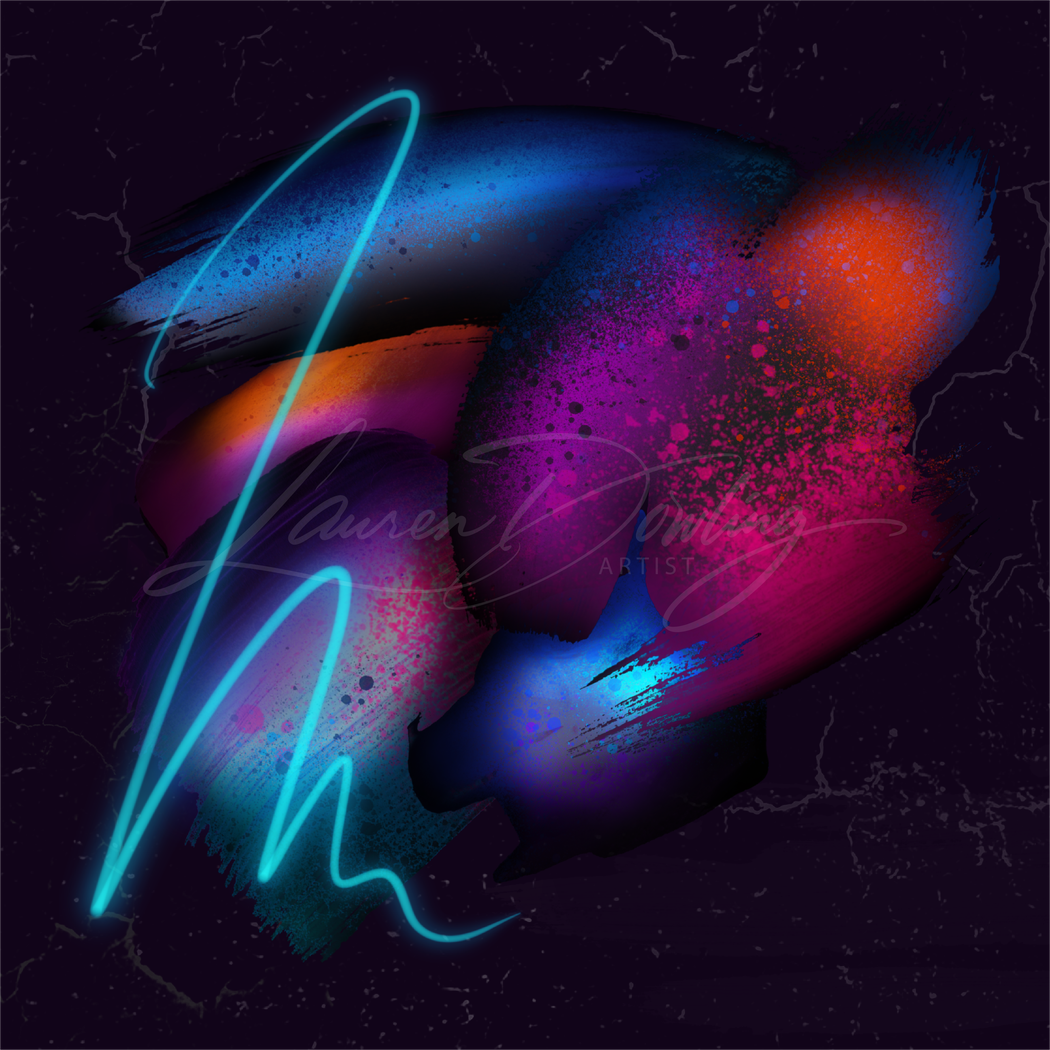 Lauren Dowling | Be bold | 2025
Lauren Dowling | Be bold | 2025
How does your personality-color Synesthesia influence your creative process?
My Synesthesia helps set the foundation of my creative process. My Synesthesia helps set the foundation of my creative process. It gives me a starting point—or starting color, I should say. From there, I am able to work emotion and personality into my art because of how each color makes me feel personally while maintaining the personality of the piece’s subject.
The colors I perceive aren’t just visual; they evoke memories, moods, and ideas that I channel into my work. For instance, a vibrant yellow can inspire a sense of joy and optimism, leading me to create pieces that reflect vitality and energy. In contrast, deeper hues like navy or burgundy might evoke introspection or melancholy, guiding my artistic expression in a different direction.
This unique interplay between color and emotion transforms my creative process into a deeply personal journey. Each brushstroke becomes more than just a mark on the canvas; it’s infused with feelings that resonate with my own experiences. This dynamic not only enhances my work but also allows those who interact with it to connect on a more profound level. In essence, my Synesthesia acts as a bridge between my internal world and the external one, enriching the narrative that I aim to convey through my art.
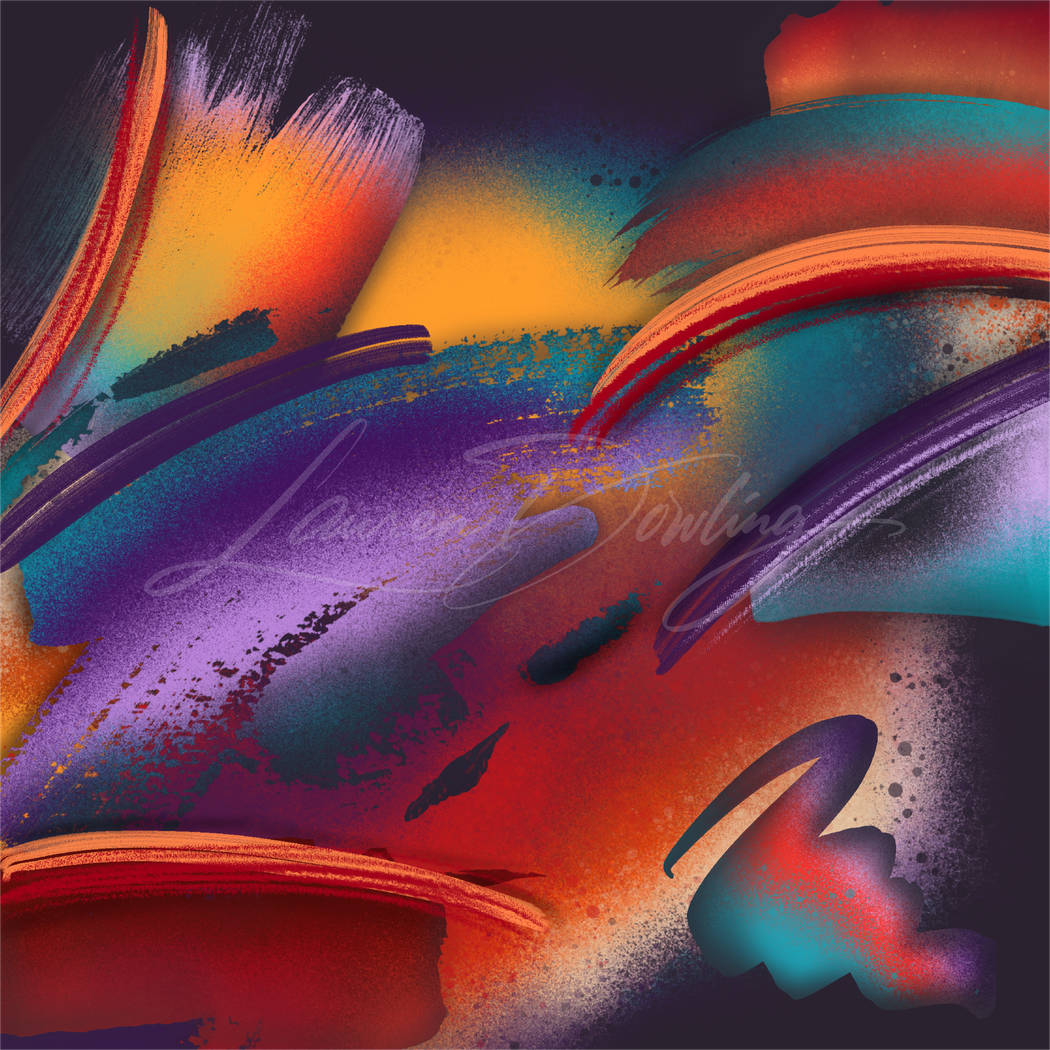 Lauren Dowling | Tierney | 2025
Lauren Dowling | Tierney | 2025
Can you describe what it feels like to “see” someone’s personality in color?
For me, it provides a glimpse into their true nature. I often say that colors don’t have inherent meanings, and it’s not quite like reading someone’s “aura.” However, certain color groups tend to share similar characteristics.
For example, someone who resonates with vibrant reds might exude energy and passion, while those who lean towards calming blues could be more introspective and tranquil. Observing these colors can provide insights into how individuals interact with the world around them and express their emotions. It’s fascinating to see how these colors influence their behaviors and relationships. This unique perspective allows me to connect with people on a deeper level, appreciating their nuances and complexities—almost as if I can communicate with them through the palette of their personality.
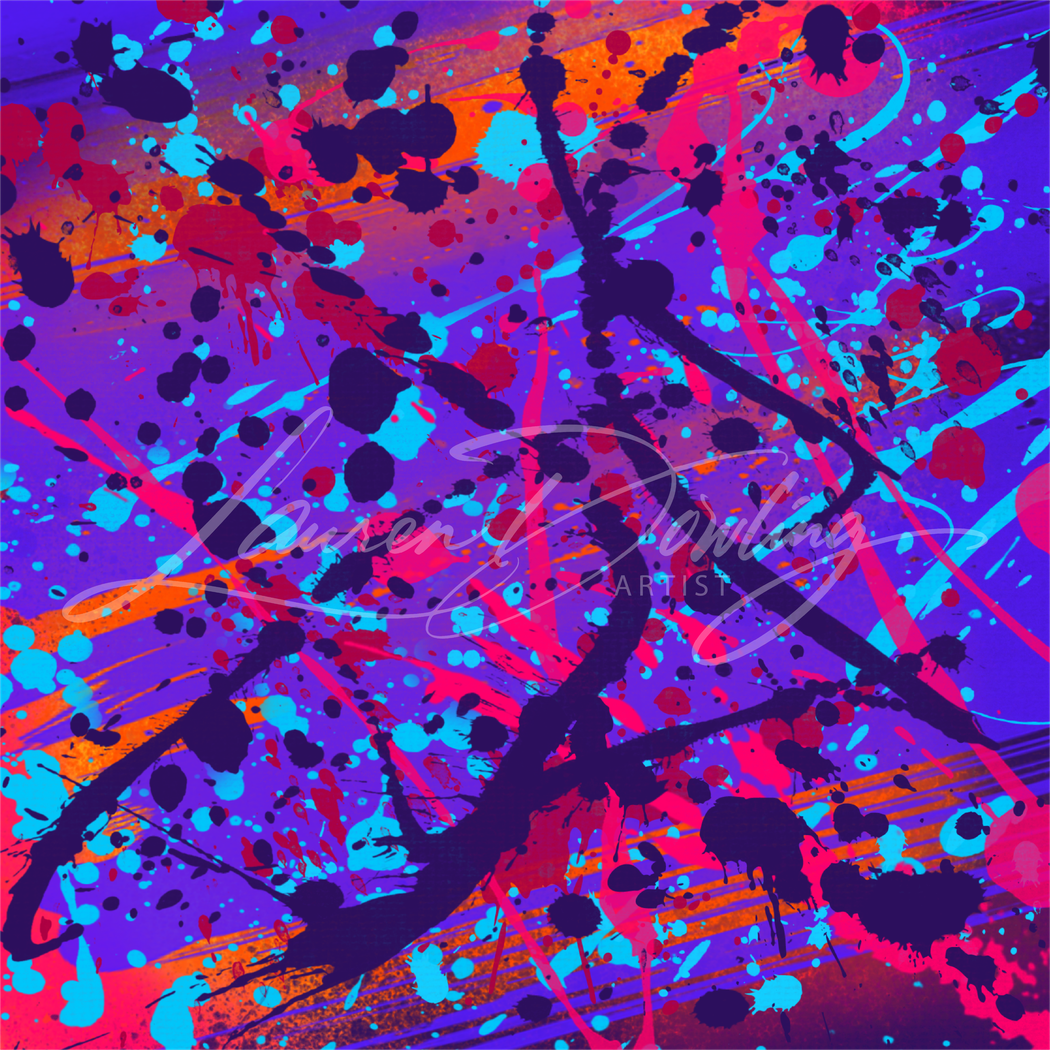 Lauren Dowling | Sunset | 2025
Lauren Dowling | Sunset | 2025
How do you decide on color combinations when creating a portrait based on someone’s personality?
When creating a portrait based on someone’s personality, I take into account more than just their personal traits. I pay attention to color psychology, which can evoke specific emotions and associations. For example, warm colors like reds and oranges can convey energy and passion, while cooler tones like blues and greens can evoke calmness and serenity.
I also consider the individual’s preferences and any meaningful experiences that could influence their color choices. Engaging with the subject, if possible, helps me understand what they feel represents them best. Ultimately, my goal is to create a harmonious balance that not only reflects their essence but also resonates with viewers, inviting them to connect with the artwork on a deeper level.
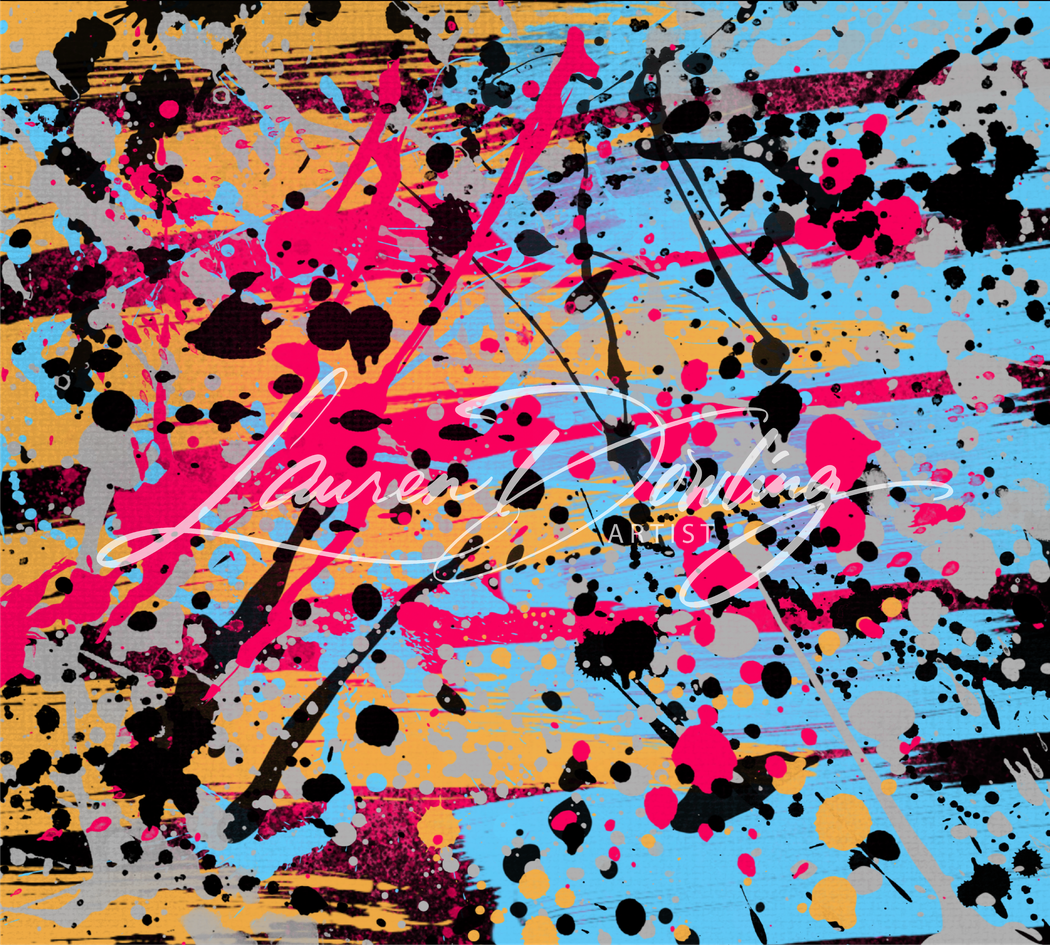 Lauren Dowling | Seasons | 2025
Lauren Dowling | Seasons | 2025
Are there specific emotions or personality traits that consistently trigger particular colors?
Certain color groups tend to exhibit similar characteristics. For example, people who are associated with the purple color group are often seen as friendly and comforting. Those who present themselves in bright red tend to make me feel safe, while deep, dark red can evoke feelings of nervousness and reservation. Individuals identified with green are usually very kind and intelligent, whereas those associated with blue often come across as loyal and introverted.
Ultimately, these correlations between color and emotion can vary significantly from person to person, but specific trends do emerge. Understanding these associations can enhance our awareness of how colors influence our perceptions and interactions with others.
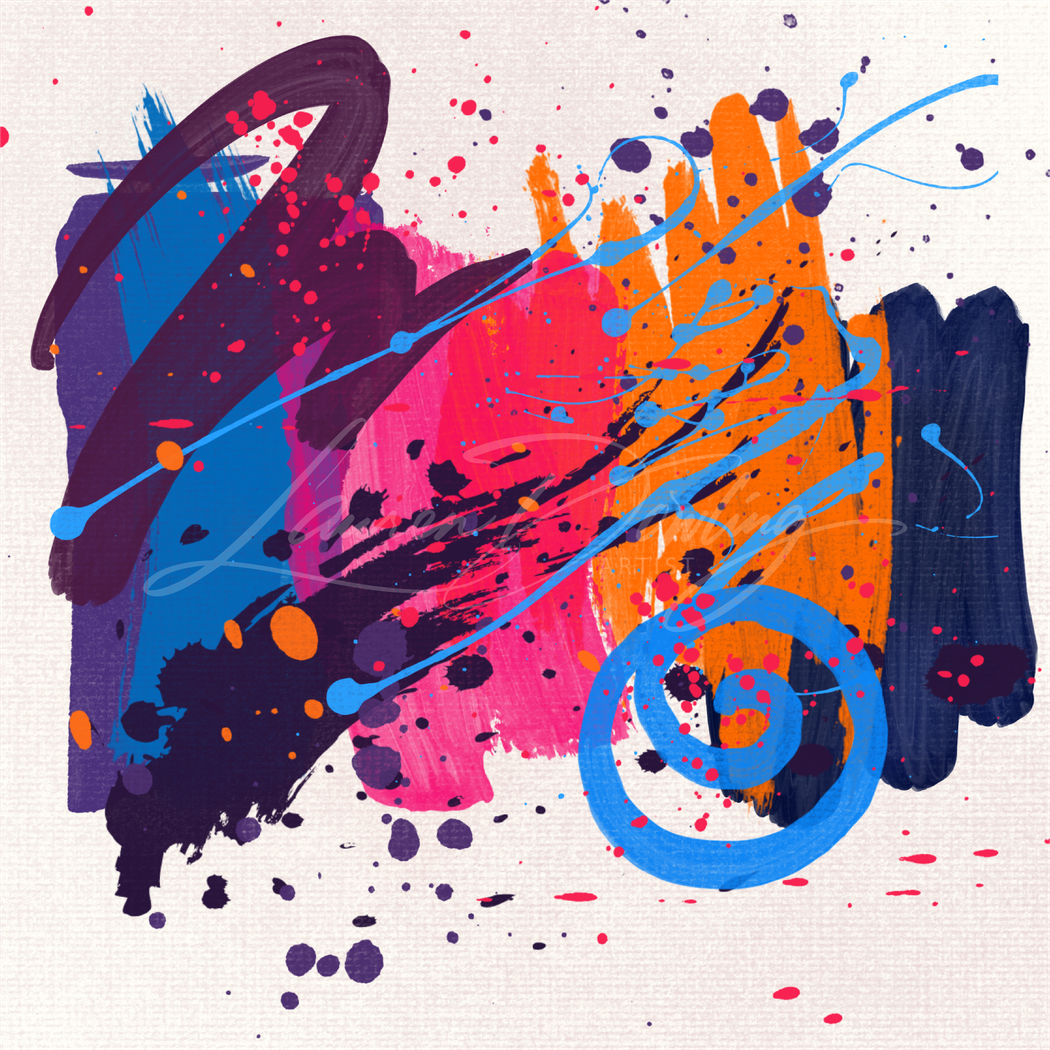 Lauren Dowling | Be | 2025
Lauren Dowling | Be | 2025
When did you first discover you had Synesthesia, and how did it change your relationship with art?
I have experienced synesthesia since I was a child, but I didn’t realize it was a neurological condition until a few years ago. I initially thought my brain was naturally inclined to see colors because I work as a graphic designer. However, I have since learned more about synesthesia and how it affects me.
Discovering that my perception differed from most people opened a new realm of creativity. This unique perspective enriches my work and helps me connect on a deeper level with my audience.
I’ve also found that sharing my synesthetic experiences with others can foster meaningful conversations about perception and identity. It has become a bridge to connect with fellow artists and art lovers, sparking discussions about how we perceive the world differently. Ultimately, my synesthesia has transformed my relationship with art into a powerful tool for self-discovery and expression.
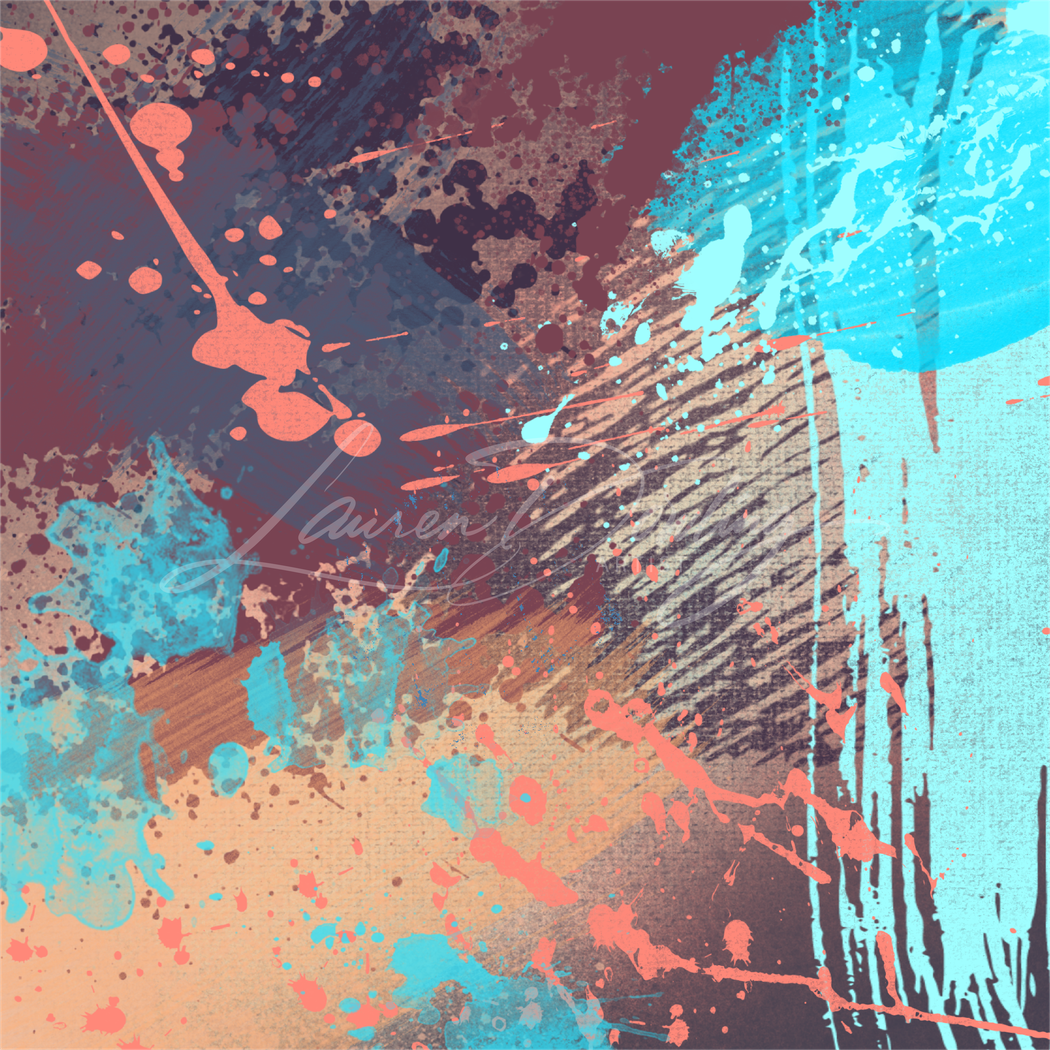 Lauren Dowling | Blend in | 2025
Lauren Dowling | Blend in | 2025
You often create in public or while traveling — what has been one of your most memorable experiences sharing art with a stranger?
One of my most memorable experiences sharing art with a stranger occurred during a flight to Denver to visit family. I was sitting next to a beautiful young woman, and I felt inspired to design a piece for her to pass the time during the flight.
Before we landed, I presented her with a Polaroid of the artwork I had created and explained that I have synesthesia, sharing with her the colors I associated with her. To my surprise, she turned out to be a successful female welder on her way to Texas for a major project. Getting to know a strong woman thriving in a male-dominated industry was the highlight of my flight, and she expressed her gratitude for the art I created for her.
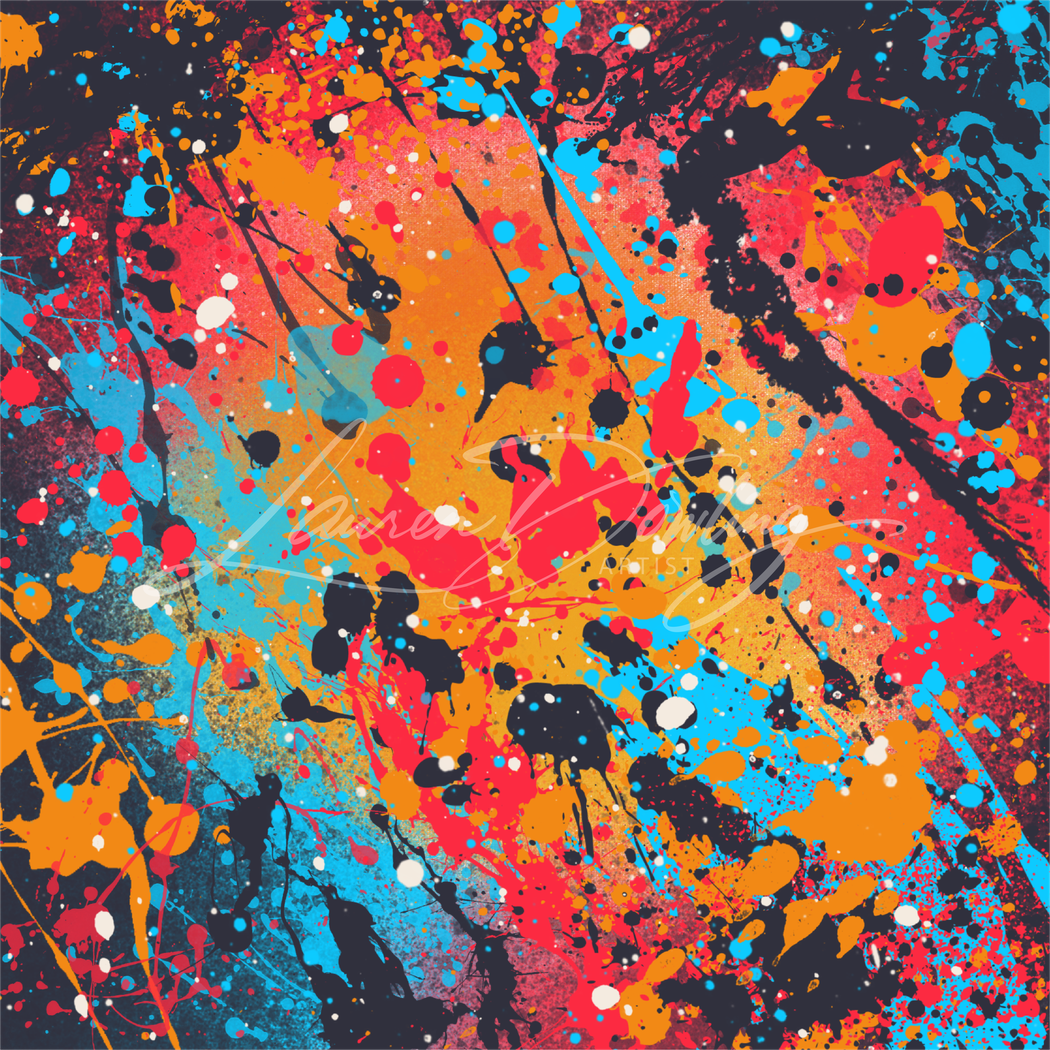 Lauren Dowling | Brain bleed | 2025
Lauren Dowling | Brain bleed | 2025
How do people usually react when you present them with an artwork based on their personality color?
I’ve had nothing but positive experiences presenting this type of artwork to others. People are usually very interested in synesthesia, often not knowing what it is or what their personality color reveals about them. When they see the artwork, their eyes light up with curiosity and excitement. Many enjoy discussing their colors and the meanings behind them, sparking engaging conversations about personality traits and emotions. It’s fascinating to see how this connection resonates with them, often leading to deeper reflections on their own experiences and identities. Overall, it becomes a positive and enlightening experience for everyone involved.

Leave a Reply